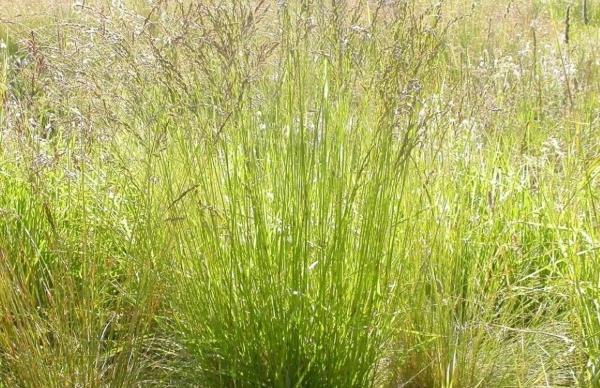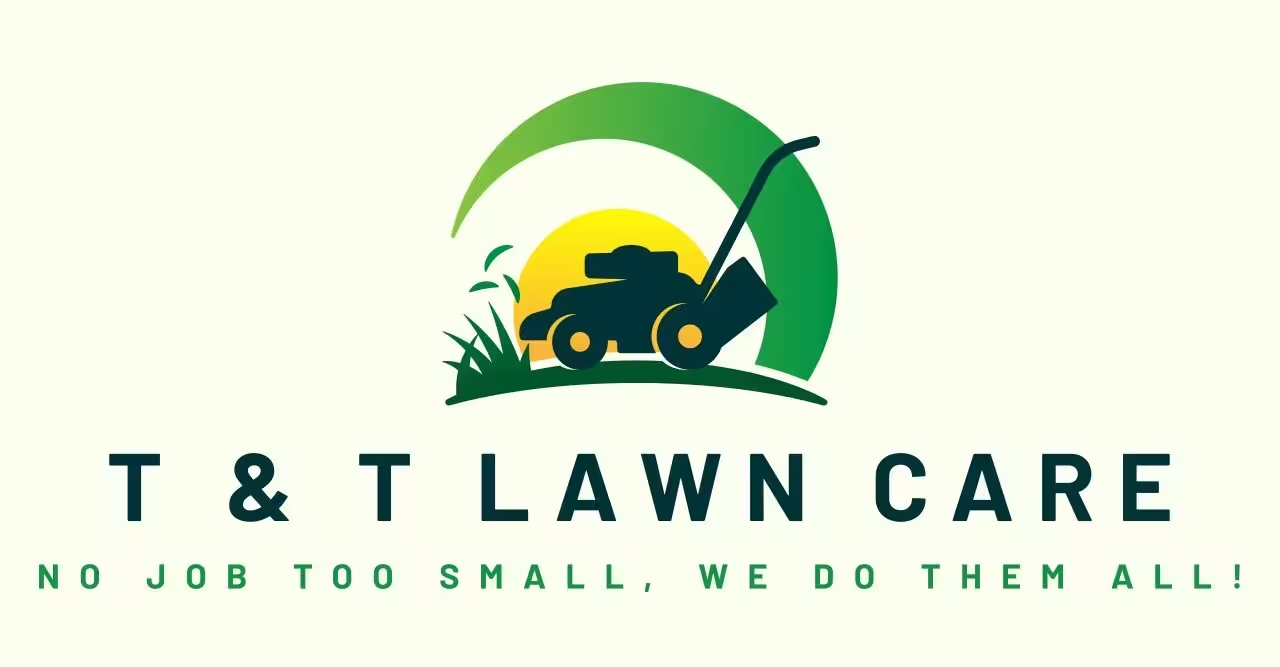
Meadow Fescue
Botanical Name
:
Lolium pratense, formerly Festuca pratensis or Schedonorus pratensis
Plant Type
:
Cool-season perennial grass
Seasons
:
Active growth during spring and fall, remains productive in cooler temperatures, and may show reduced growth during hot summer months
Sun Level
:
4–6 hours of full sun but can tolerate partial shade
Ideal Soil Temperature for Planting
:
50°F–65°F (10°C–18°C)
Soil Type
:
Moist, fertile soils, especially loamy and heavy soils fertile
Hardiness Zones
:
3–7 (USDA)
Germination
:
7–14 days under optimal conditions
P.H. Level
:
5.5 to 7.5
Water/Irrigation
:
Requires consistent moisture, especially during establishment. Tolerates periodic wet soils but may struggle during prolonged droughts
Fertilization
:
Apply regular balanced fertilizers to maintain nutrient-rich soil conditions
Habit
:
Bunch-forming grass with a deep root system
Final Plant Height
:
Can get to 30 inches if left unmowed
Spread
:
Spreads primarily through seed production, and may also spread vegetatively via short rhizomes
Spacing
:
For pasture or hay, sow at 15 to 20 pounds per acre for even coverage
Flowers
:
Produces small, inconspicuous flowers in spike-like seed heads (typically mowed before flowering in maintained lawns)
Attracts
:
Birds (seeds) and insects (when allowed to flower)
Uses
:
Ideal for permanent pasture, hay production, and occasionally for lawns. It’s valued for its palatability and forage quality
Companions
:
Grows well in mixtures with timothy, orchardgrass, and legumes; often used as an alfalfa companion
Pruning
:
For grazing, allow the stand to reach 8 to 10 inches, then graze to 3 to 4 inches; for haying, utilize a 3-cut system for maximum forage yield
Toxicity
:
Non-toxic to humans and pets
Pests
:
Generally pest-resistant but can be affected by armyworms or sod webworms
Diseases
:
Susceptible to diseases like rust and leaf spot, especially under humid conditions
Expert Care Tips
:
In Ohio, the best seeding times are late summer to early fall or early spring when soil temperatures are conducive to germination
Botanical Name
:
Lolium pratense, formerly Festuca pratensis or Schedonorus pratensis
Plant Type
:
Cool-season perennial grass
Seasons
:
Active growth during spring and fall, remains productive in cooler temperatures, and may show reduced growth during hot summer months
Sun Level
:
4–6 hours of full sun but can tolerate partial shade
Ideal Soil Temperature for Planting
:
50°F–65°F (10°C–18°C)
Soil Type
:
Moist, fertile soils, especially loamy and heavy soils fertile
Hardiness Zones
:
3–7 (USDA)
Germination
:
7–14 days under optimal conditions
P.H. Level
:
5.5 to 7.5
Water/Irrigation
:
Requires consistent moisture, especially during establishment. Tolerates periodic wet soils but may struggle during prolonged droughts
Fertilization
:
Apply regular balanced fertilizers to maintain nutrient-rich soil conditions
Habit
:
Bunch-forming grass with a deep root system
Final Plant Height
:
Can get to 30 inches if left unmowed
Spread
:
Spreads primarily through seed production, and may also spread vegetatively via short rhizomes
Spacing
:
For pasture or hay, sow at 15 to 20 pounds per acre for even coverage
Flowers
:
Produces small, inconspicuous flowers in spike-like seed heads (typically mowed before flowering in maintained lawns)
Attracts
:
Birds (seeds) and insects (when allowed to flower)
Uses
:
Ideal for permanent pasture, hay production, and occasionally for lawns. It’s valued for its palatability and forage quality
Companions
:
Grows well in mixtures with timothy, orchardgrass, and legumes; often used as an alfalfa companion
Pruning
:
For grazing, allow the stand to reach 8 to 10 inches, then graze to 3 to 4 inches; for haying, utilize a 3-cut system for maximum forage yield
Toxicity
:
Non-toxic to humans and pets
Pests
:
Generally pest-resistant but can be affected by armyworms or sod webworms
Diseases
:
Susceptible to diseases like rust and leaf spot, especially under humid conditions
Expert Care Tips
:
In Ohio, the best seeding times are late summer to early fall or early spring when soil temperatures are conducive to germination
Written by Salome Wapukha – https://www.linkedin.com/in/salome-wapukha-556700193/

